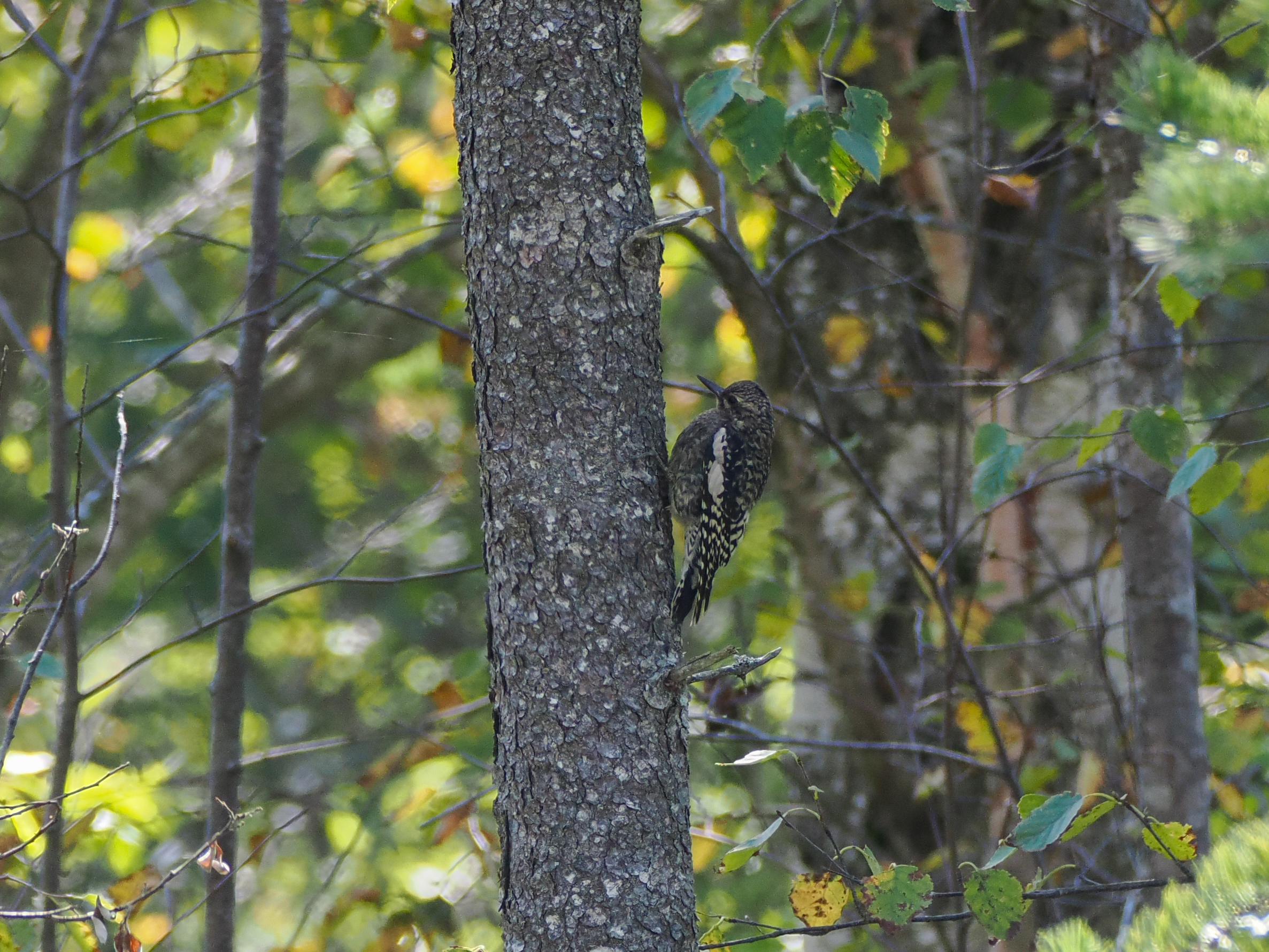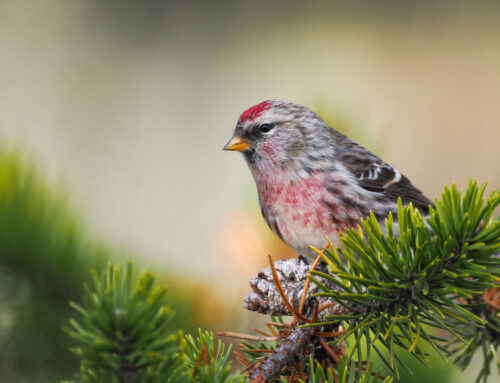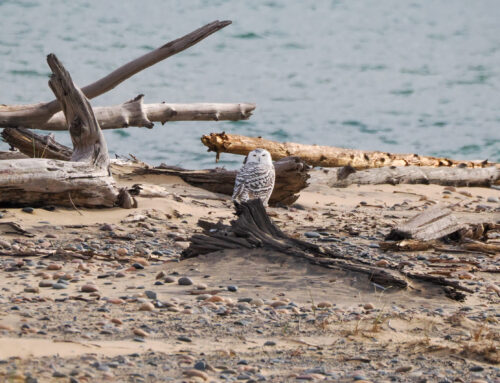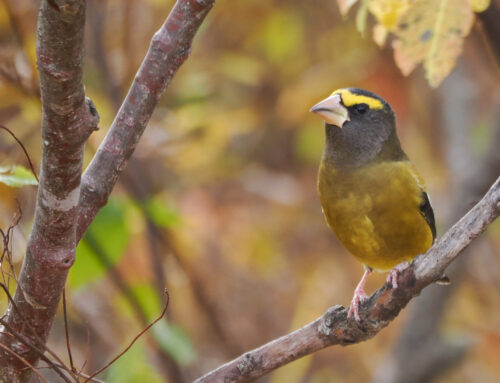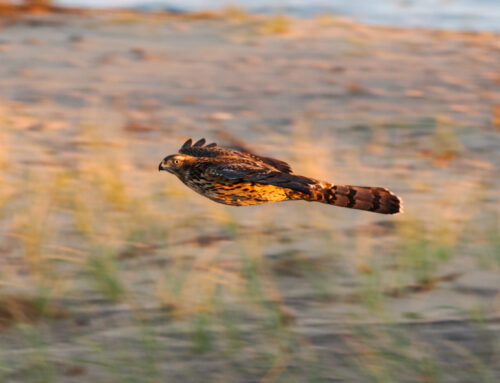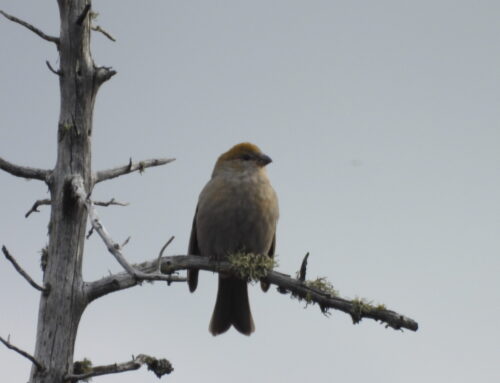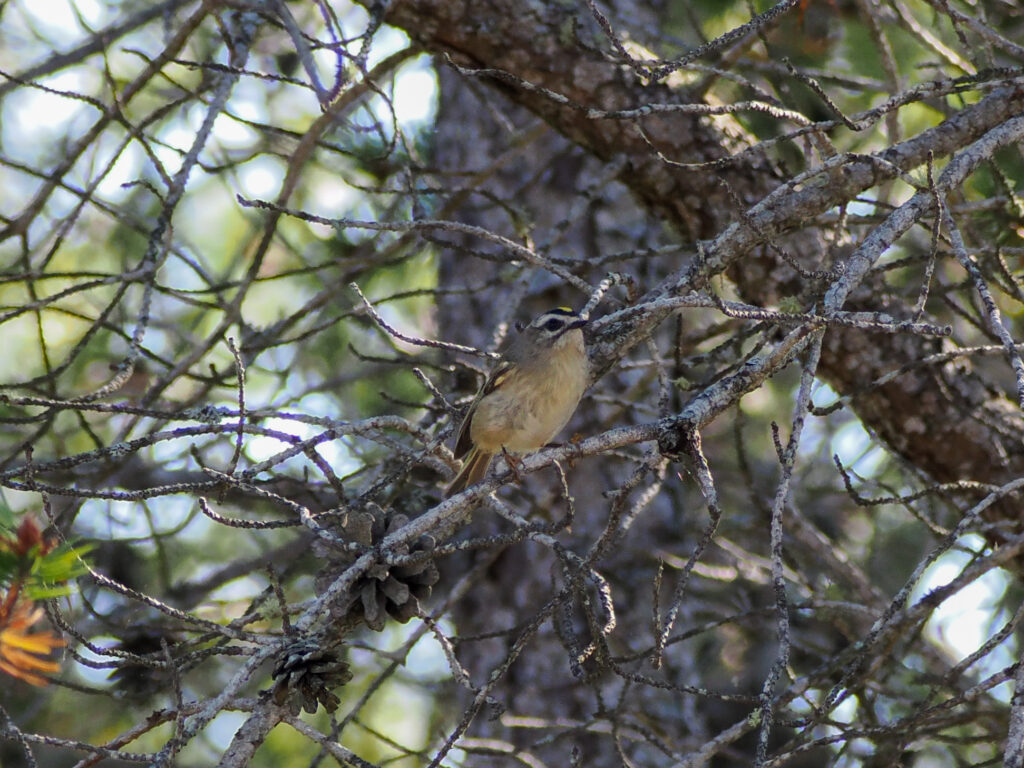
They’re hard to pin down for a photo, but there are quite a few Golden-crowned Kinglets bouncing around in the trees. Photo by Clay Bliznick.
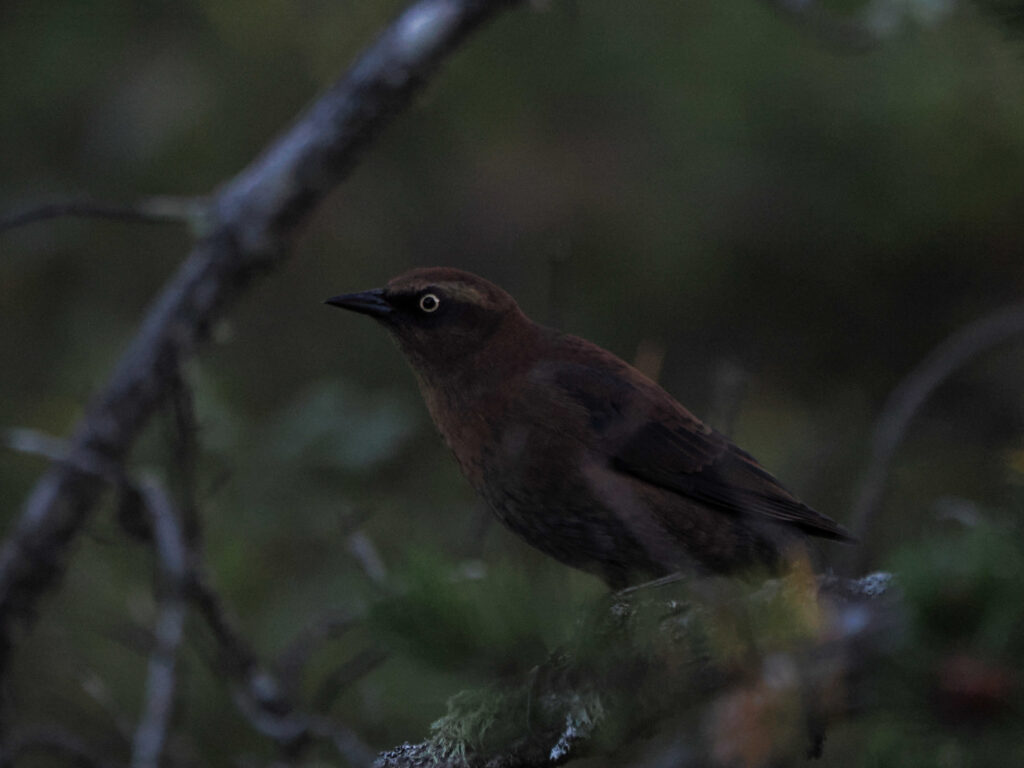
A Rusty Blackbird blending into the understory just after sunset. Photo by Clay Bliznick.
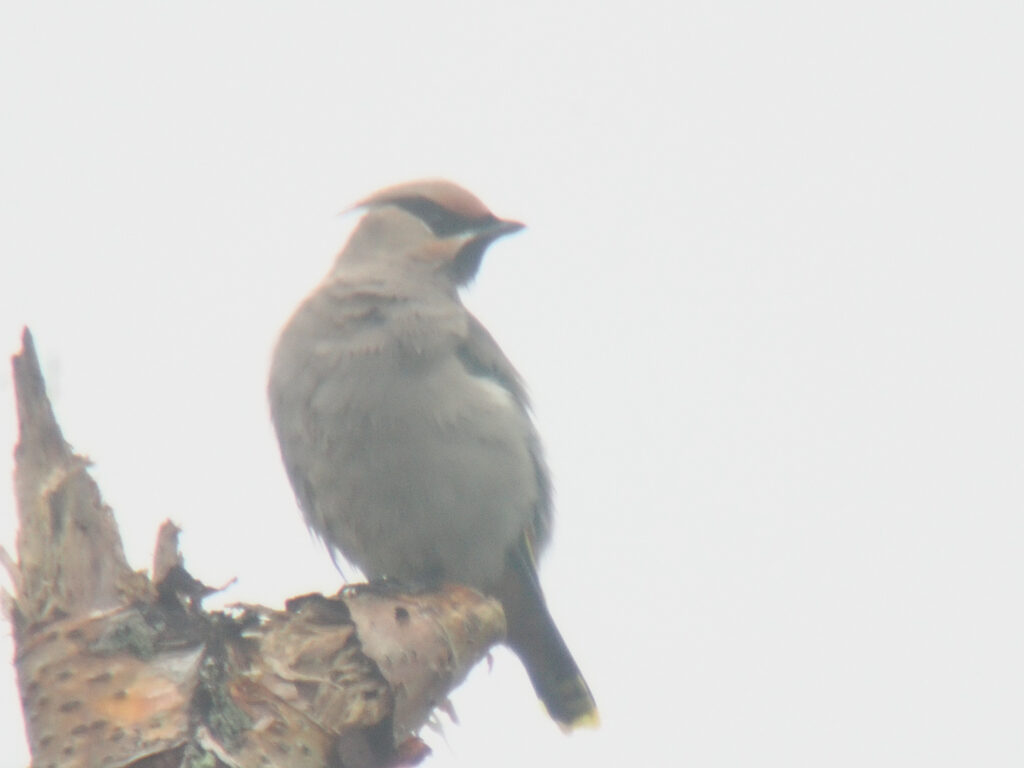
While we didn’t get extremely close, this Bohemian Waxwing on Thursday was very cooperative. Photo by Clay Bliznick.
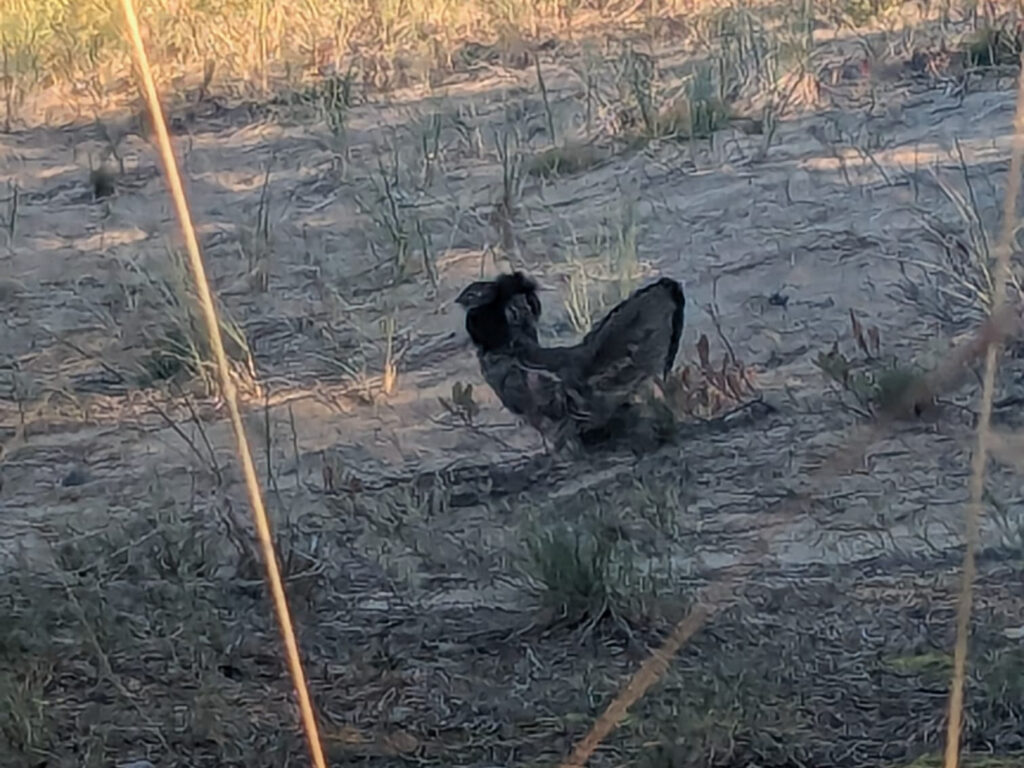
A surprise Ruffed Grouse! Ruffs and all! Photo by Christy Soldo.
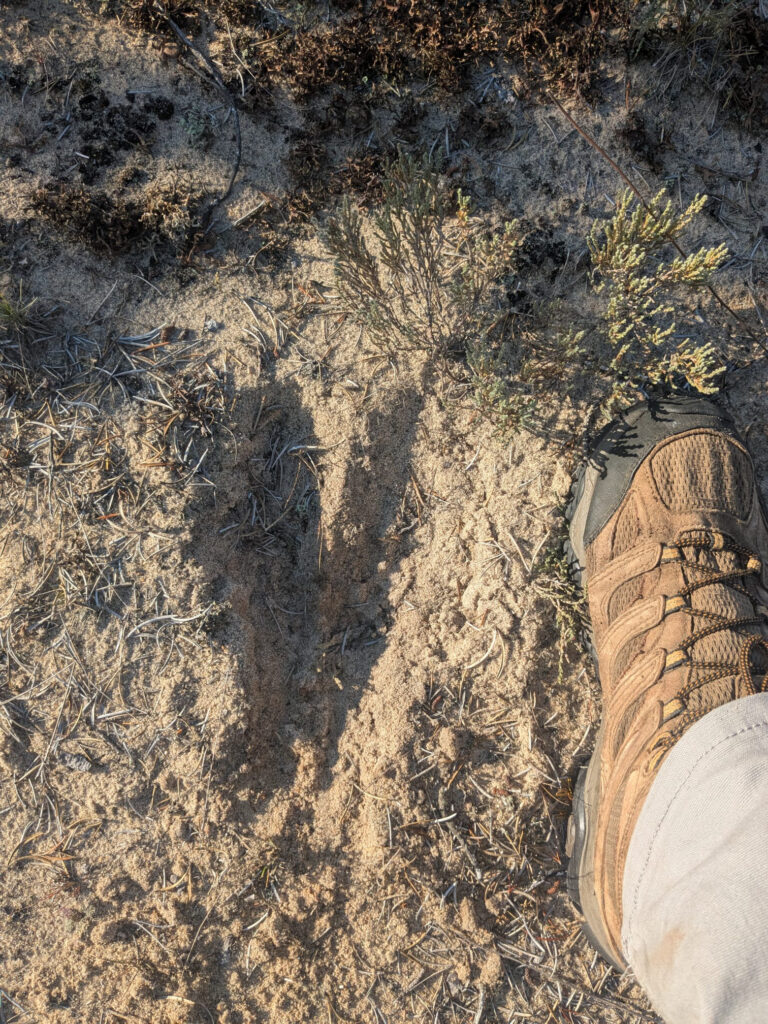
Moose track with size 12 hiking boot for scale. Photo by Christy Soldo.
~ Clay Bliznick
2025 Fall Field Ornithologist
Featured photo: Juvenile Yellow-bellied Sapsucker by Clay Bliznick.
Track the morning flight counts on Trektellen.
Keep up with the 2025 Fall Field Ornithologist’s weekly blog posts and follow WPBO’s social media (Facebook, Instagram, and X).
Join Clay for one of his WPBO Migratory Bird Walks offered every weekend through November 15.
Learn more at wpbo.org/events.
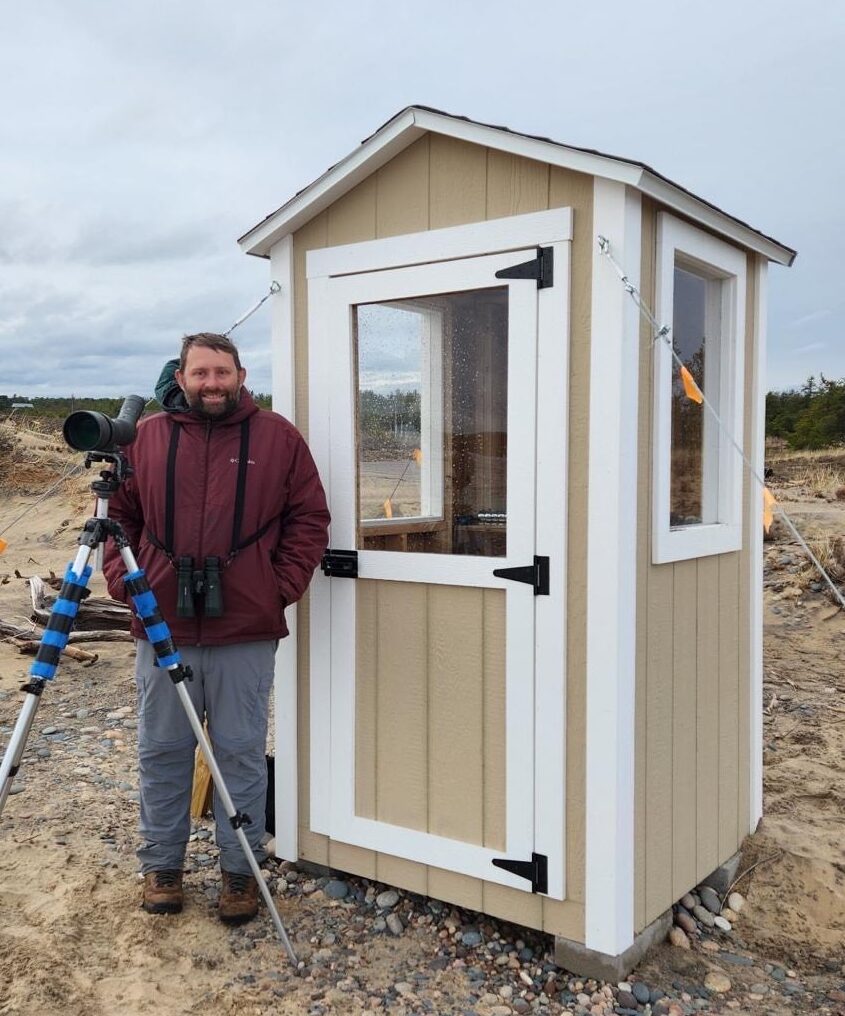
Clay Bliznick, MS: 2025 Fall Field Ornithologist
Clay worked as the WPBO fall field ornithologist in 2024 and is excited to return for the fall of 2025. He first took an interest in birds during a high school trip to Alaska, where he was struck by the flamboyance of magpies, the sleek, penguin-like appearance of alcids, and the sheer number of waterbirds residing along the coast. He dove headfirst into the world of birding while an undergraduate at the University of Kentucky, spending every free second exploring his home state for exciting new birds and places. Afterwards, he attended graduate school at Murray State University and wrote a master’s thesis examining the response of bird communities to environmental factors in Western KY bottomland hardwood forest restorations. For the last several years, Clay has traveled throughout the US working with birds in varying capacities, including nest monitoring of Florida Grasshopper Sparrows and Crested Caracaras, conducting surveys of Swallow-tailed Kite post-breeding roosts, and collecting breeding bird data in North and South Dakota for the Bird Conservancy of the Rockies.

